If you ever find yourself in a survival situation, knowing how to signal for help could be a crucial skill. Whether you’re lost in the wilderness or stranded at sea, it’s essential to attract attention and increase your chances of being rescued. In this article, you will discover various methods and techniques for signaling for help in different survival scenarios. From using visual signals like smoke or bright-colored clothing to auditory signals like whistles or shouts, we will explore effective ways to make yourself visible and heard. By learning these techniques, you can enhance your chances of being noticed and receiving the assistance you need in a time of crisis. So, stay tuned to learn more about how you can signal for help in a survival situation and increase your chances of rescue. In a survival situation, getting help can mean the difference between life and death. While it may seem daunting, there are several ways you can signal for help, increasing your chances of being rescued. In this article, we will explore different techniques you can use to signal for help and provide tips on how to effectively implement them.
Using a Mirror
A mirror can be a valuable tool for signaling rescuers. If you have a mirror on hand, use it to reflect sunlight towards potential rescuers. To do this, you need to find or make a reflective surface. Look for shiny objects like a compact mirror, a CD, or even aluminum foil. If you don’t have any of these items, you can create a reflective surface by polishing the bottom of a can or a piece of glass with toothpaste or ashes.
Once you have your reflective surface ready, aim the reflection towards potential rescuers. Sweep the reflection across the sky, focusing on areas where you see or hear aircraft or other signs of human activity. Keep in mind that the reflection needs to be directly in the path of the rescuers for them to spot it, so be patient and persistent.
Creating Smoke Signals
Smoke signals have been used for centuries to communicate over long distances. To create a smoke signal, you need to gather suitable materials for a fire and produce thick smoke by adding green vegetation to the fire.
First, gather dry branches, leaves, or any other flammable material you can find. Once you have enough fuel, create a small fire. To produce thick smoke, add green vegetation to the fire. This can be leaves, grass, or even wet moss. The moisture in the vegetation will create more smoke when burned.
Keep in mind that the signal needs to be sustained to be effective. Therefore, ensure you have enough fuel and green vegetation to keep the fire going for a significant amount of time. This will increase your chances of being noticed by potential rescuers.
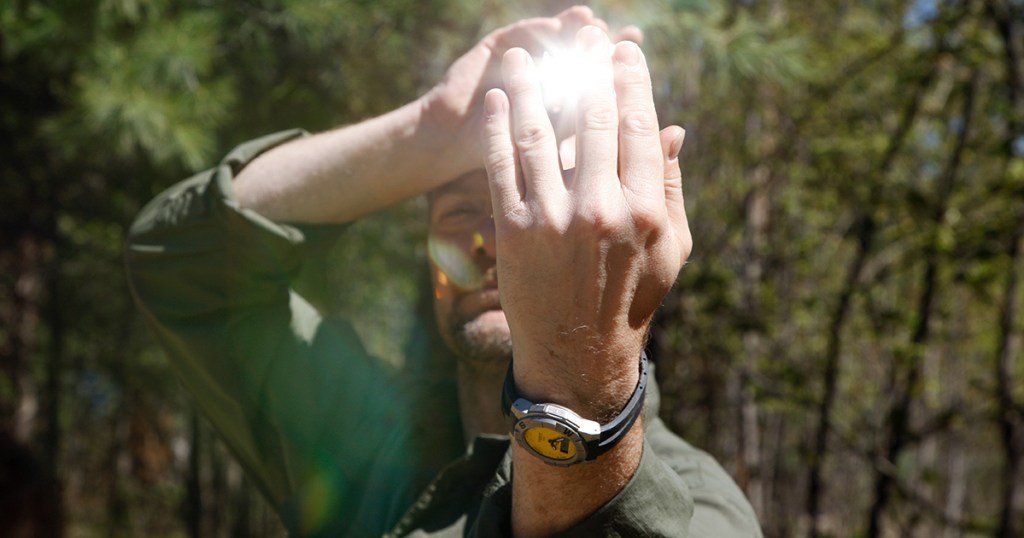
This image is property of i0.wp.com.
Building Signal Fires
Building a signal fire involves choosing a location and creating a distinct pattern or SOS signal with the fire. For the location, choose an open area where the fire can be easily seen from a distance. Look for a spot on higher ground, away from trees or other obstructions that could obstruct the view.
To create a distinct pattern or SOS signal, arrange the firewood in a way that forms recognizable shapes. You can use rocks to create letters or symbols, or even arrange the firewood in a specific pattern. If you have any brightly colored clothing or other materials, you can also place them near the fire to enhance visibility.
Remember to consider the wind direction when building a signal fire. You want the smoke to rise straight up into the air, rather than being blown away in a different direction. This will ensure that potential rescuers can see the smoke from a distance.
Using a Whistle
A whistle is a simple yet effective signaling tool. It can be used to attract attention by producing a loud and distinct sound. If you have a whistle on hand, use it to blow a series of three long blasts. This is a universally recognized distress signal that can alert potential rescuers to your location.
If you don’t have a whistle, you can create a makeshift one using items you may have with you. For example, you can use a hollow stick, a bottle cap, or even two fingers to create a whistle-like sound. Experiment with different objects and techniques to find the loudest and most distinct sound.
When blowing the whistle, make sure you do it in short intervals to conserve energy and attract attention effectively. By blowing the whistle at regular intervals, you increase the likelihood of being heard by potential rescuers.
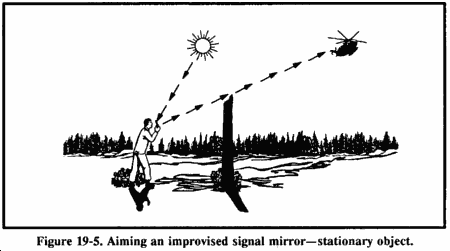
This image is property of www.wilderness-survival.net.
Using Noise
In addition to a whistle, you can also create noise to attract attention. Shouting in short intervals can be an effective way to signal for help. However, it’s important to conserve your energy and only shout when you believe potential rescuers are nearby.
If you have a metal object with you, such as a pot or pan, you can use it to create loud noise. Simply hit the metal object with another hard object, such as a rock or a stick. The metallic sound will carry over a long distance, increasing your chances of being noticed.
Remember to remain calm and focused while making noise. High-pitched or piercing sounds are more likely to attract attention than low, muffled sounds. Moreover, alternating between different types of noises can help draw attention from a broader range of potential rescuers.
Utilizing Flares
Flares are a highly visible signaling device commonly used in emergency situations. If you have a flare kit available, use it to signal for help. Flares are designed to produce a bright light and emit sparks, which can be seen from a long distance.
When using a flare, make sure you have a readily accessible kit. Flares are most effective in open areas where they can be seen without obstruction. If possible, ignite the flare and launch it high into the air. This will make it more visible and increase the chances of being spotted by potential rescuers.
Always follow the instructions provided with the flare kit, as they may have specific guidelines on how to use it safely and effectively. Keep in mind that flares are a limited resource, so use them sparingly and only when you believe there is a high chance of being seen.
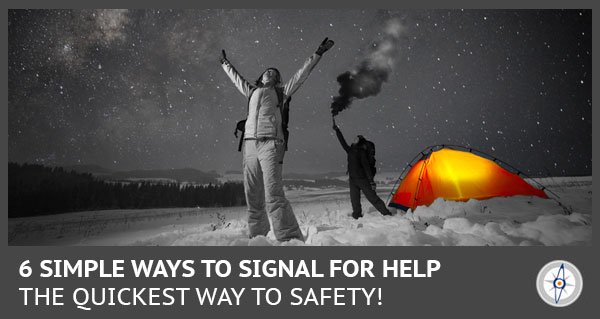
This image is property of survivaldispatch.com.
Building Signal Pyramids
Signal pyramids are structures built with rocks to form a pyramid shape. They can be an effective way to signal for help, especially in mountainous or rocky terrains. The contrast between the rocks and the surrounding environment makes them highly visible from a distance.
To build a signal pyramid, gather rocks of various sizes. Start by placing a larger rock as the base, then stack progressively smaller rocks on top. The goal is to create a recognizable pyramid shape that stands out against the landscape.
If you have materials of contrasting colors, such as brightly colored clothing or accessories, you can place them on top of the pyramid. This will enhance visibility and attract attention even further.
Using Bright Clothing
Brightly colored clothing can be a valuable asset when it comes to signaling for help. If you are wearing or can locate any brightly colored clothing items, use them to make yourself more visible. Stand out against the natural surroundings by tying the clothing to branches or making signposts with it.
If you don’t have any brightly colored clothing, there are other ways to improvise. Look for natural materials that can be used as makeshift markers, such as flowers, leaves, or even brightly colored berries. Arrange them in a visible pattern or create an arrow pointing towards your location.
Remember to position yourself near your signaling device when wearing or displaying bright clothing. This will help potential rescuers locate you more easily and increase the chances of being spotted.
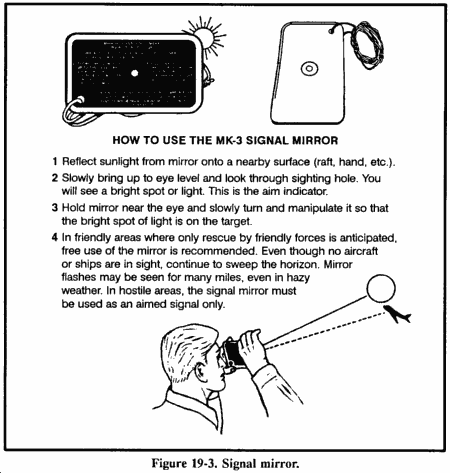
This image is property of www.wilderness-survival.net.
Utilizing Aircraft Analog Signals
When it comes to signaling aircraft, using analog signals can be highly effective. By creating a large X or an arrow shape on an open area, you can attract the attention of pilots or crews flying overhead. The contrast created by the shape against the ground makes it stand out and easily noticeable.
To create an X or an arrow shape, use materials that contrast with the ground. For example, use rocks or sticks on a sandy beach, or lighter-colored materials on a darker surface. You can also use shadows to enhance the contrast by positioning objects in a way that creates shadows around the shape.
Keep in mind that the size of the shape should be proportional to the available space. Aim for a size that can be easily spotted from the air, without being too large to construct or maintain.
Conclusion
In a survival situation, signaling for help is crucial. By knowing and practicing different signaling techniques, you can greatly increase your chances of being rescued. Whether it’s using a mirror, creating smoke signals, building signal fires, utilizing a whistle, making noise, using flares, building signal pyramids, using bright clothing, or utilizing aircraft analog signals, each method has its own advantages and can be effective in different scenarios.
Remember to stay calm, conserve your energy, and consider your surroundings when choosing which signaling technique to use. Think about your available resources and the visibility of your chosen method. Mix and match techniques if necessary to maximize your chances of being noticed by potential rescuers.
In the end, the most important thing is to remain hopeful and determined. Signaling for help may be your lifeline in a survival situation, and with the right knowledge and preparation, you can greatly increase your chances of being rescued. Stay strong, stay safe, and remember that help is on the way.
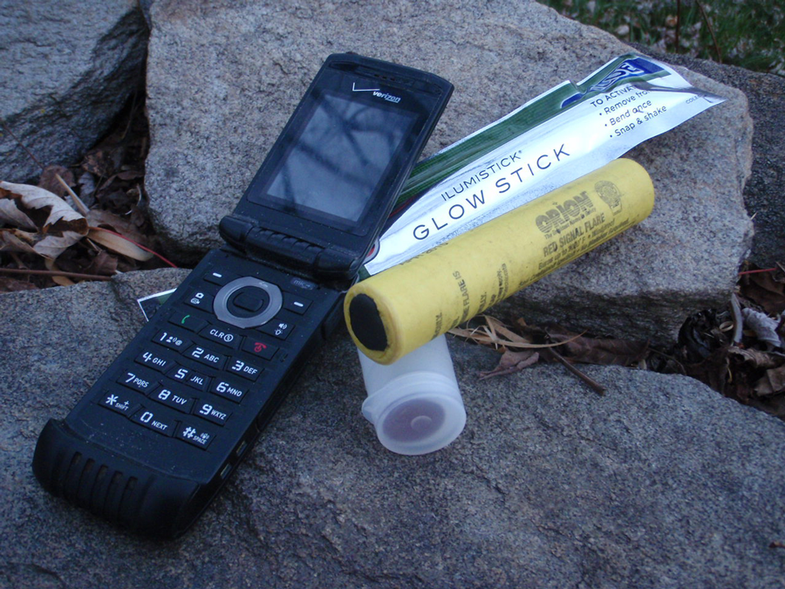
This image is property of www.outdoorlife.com.
